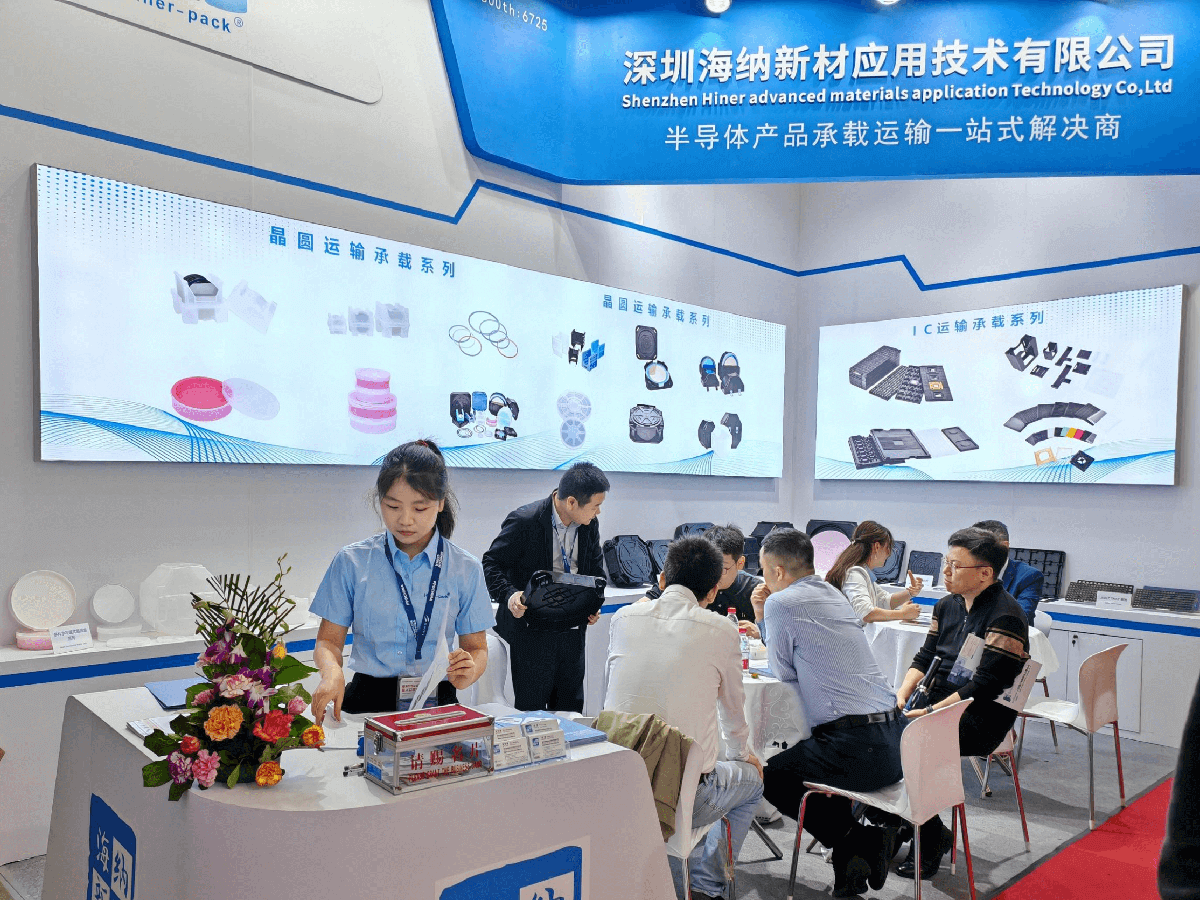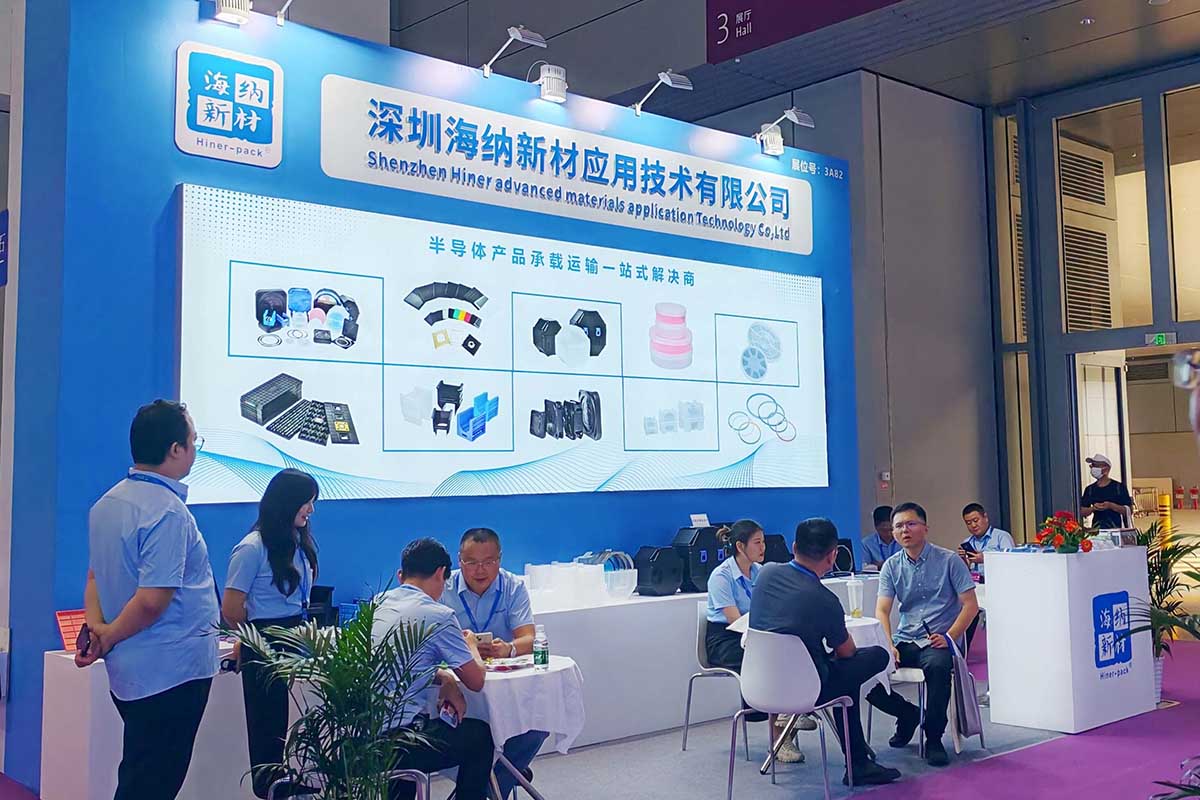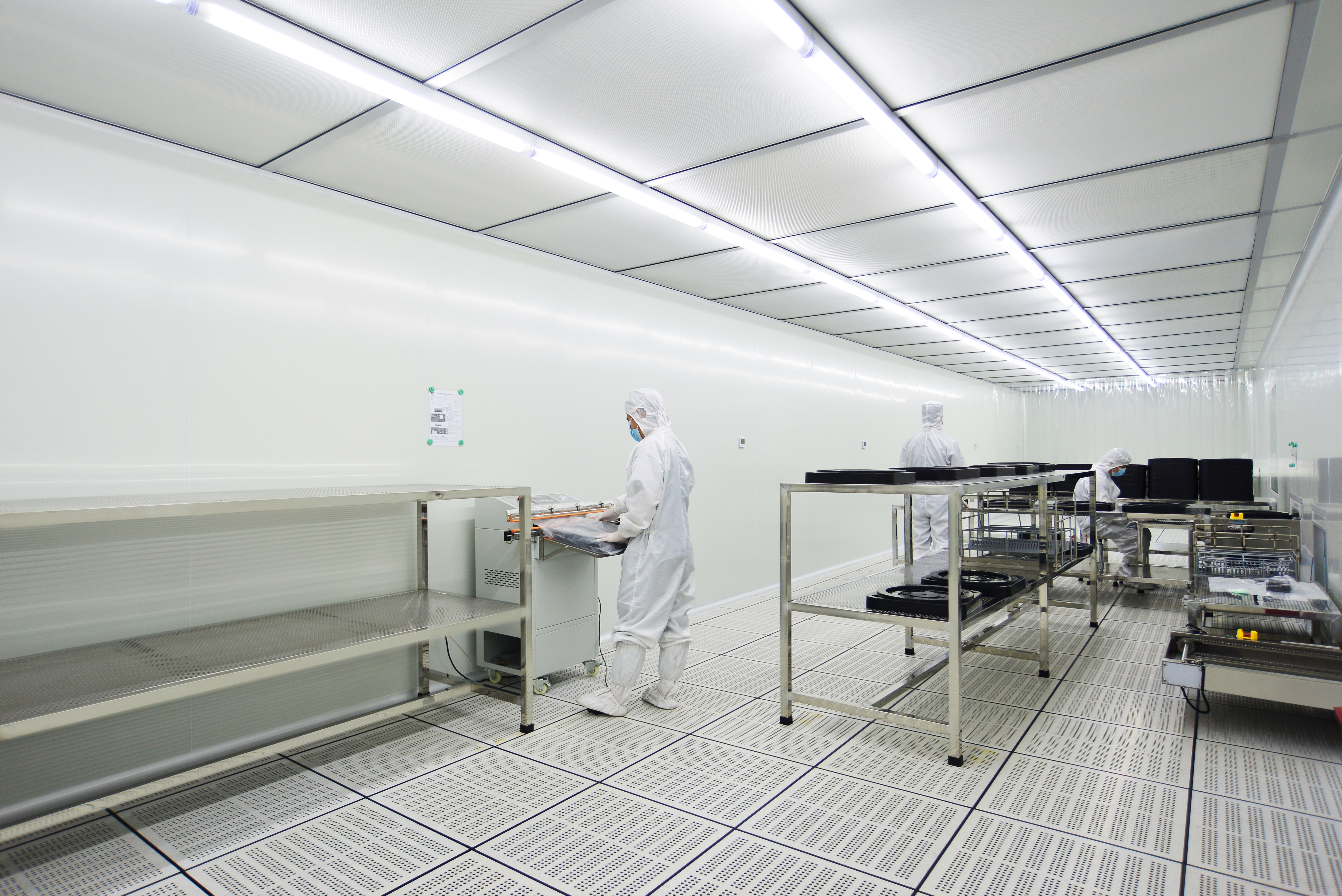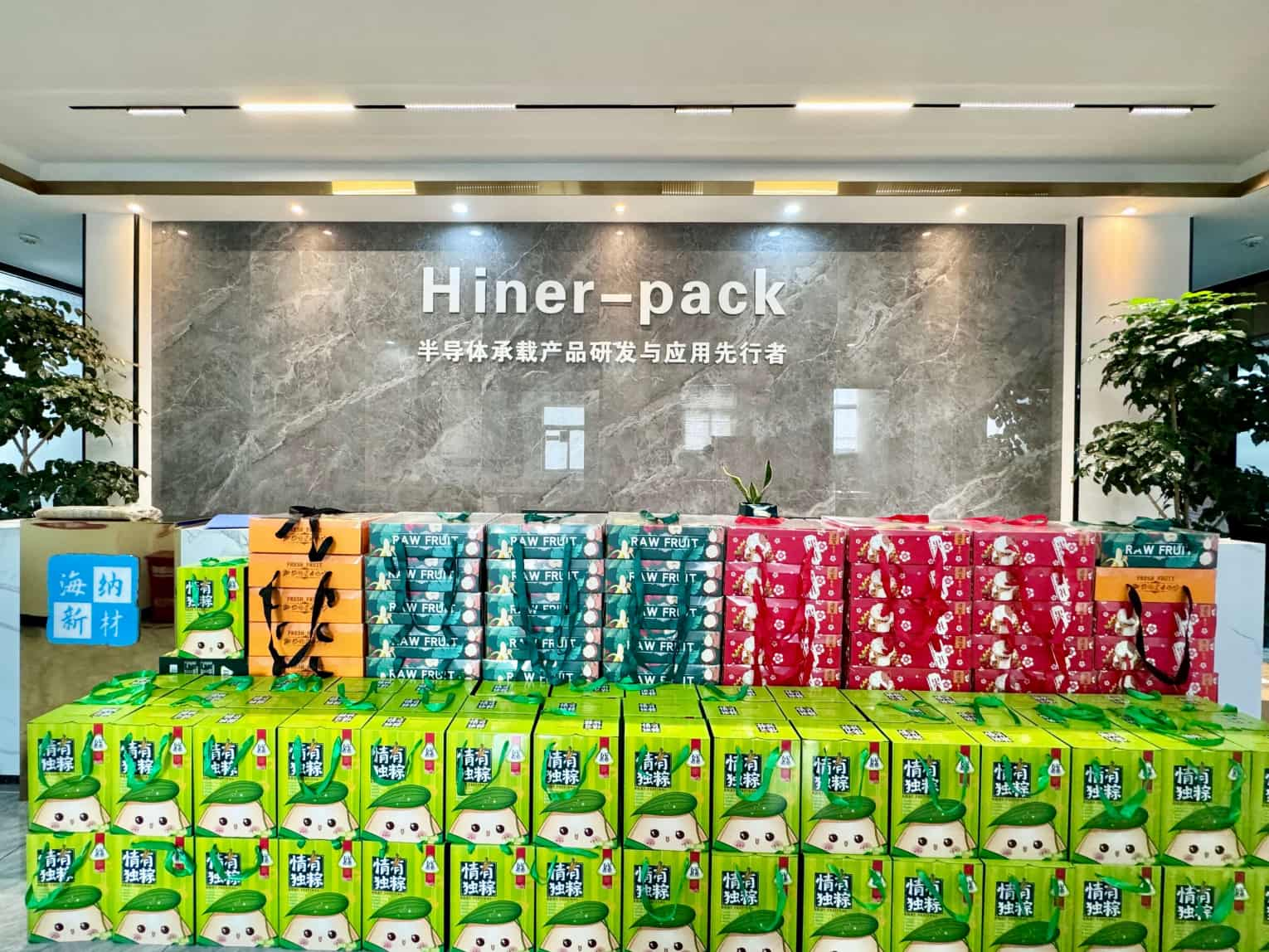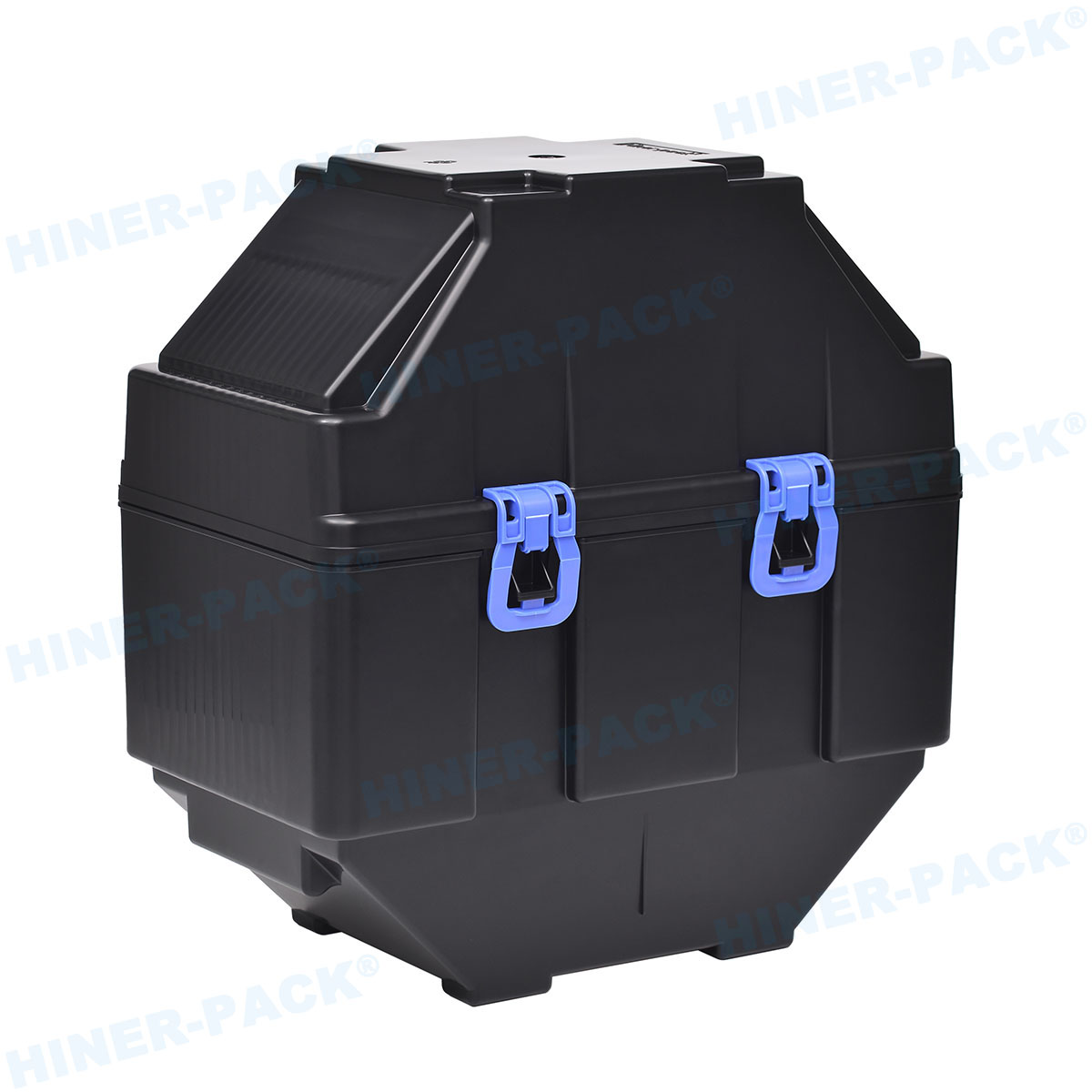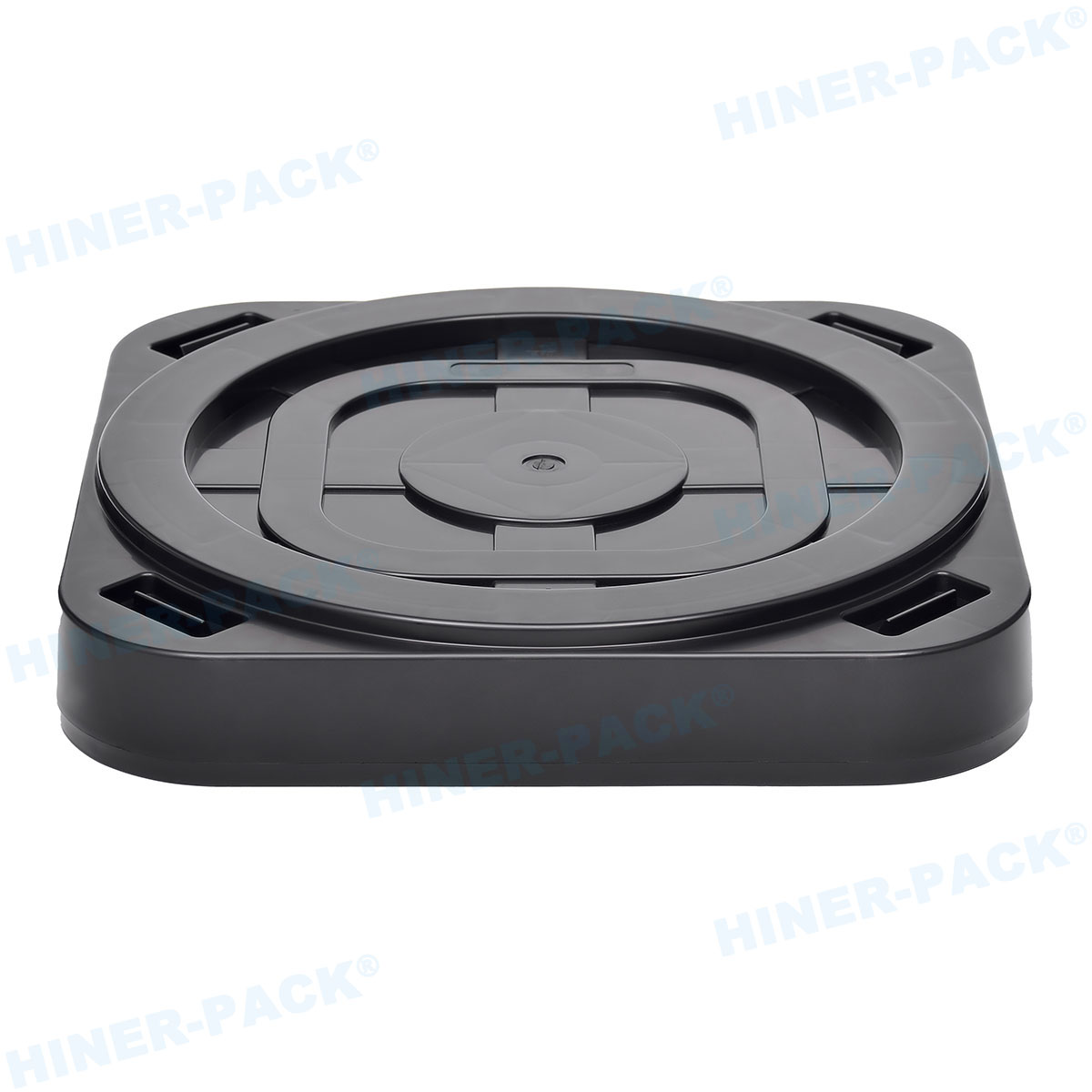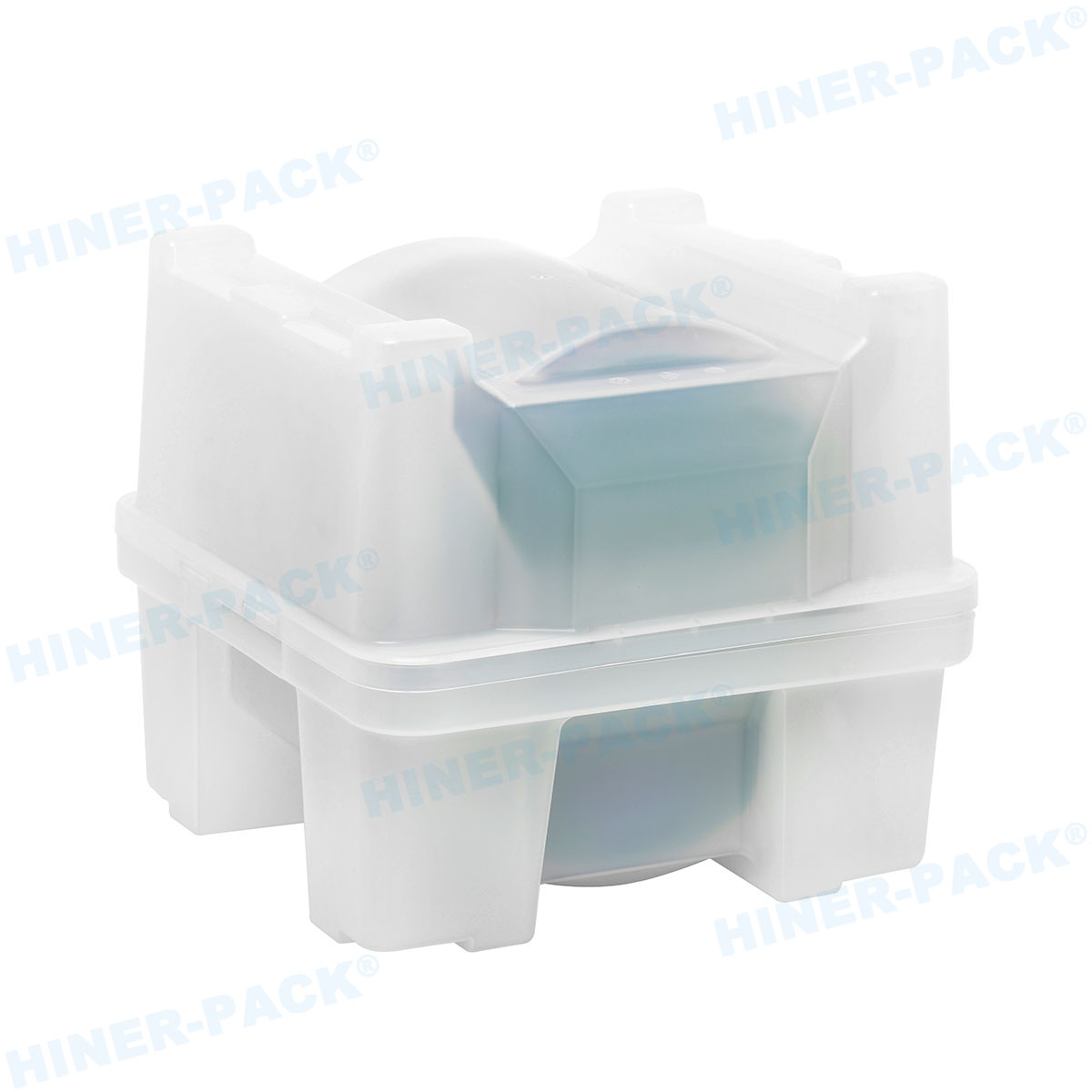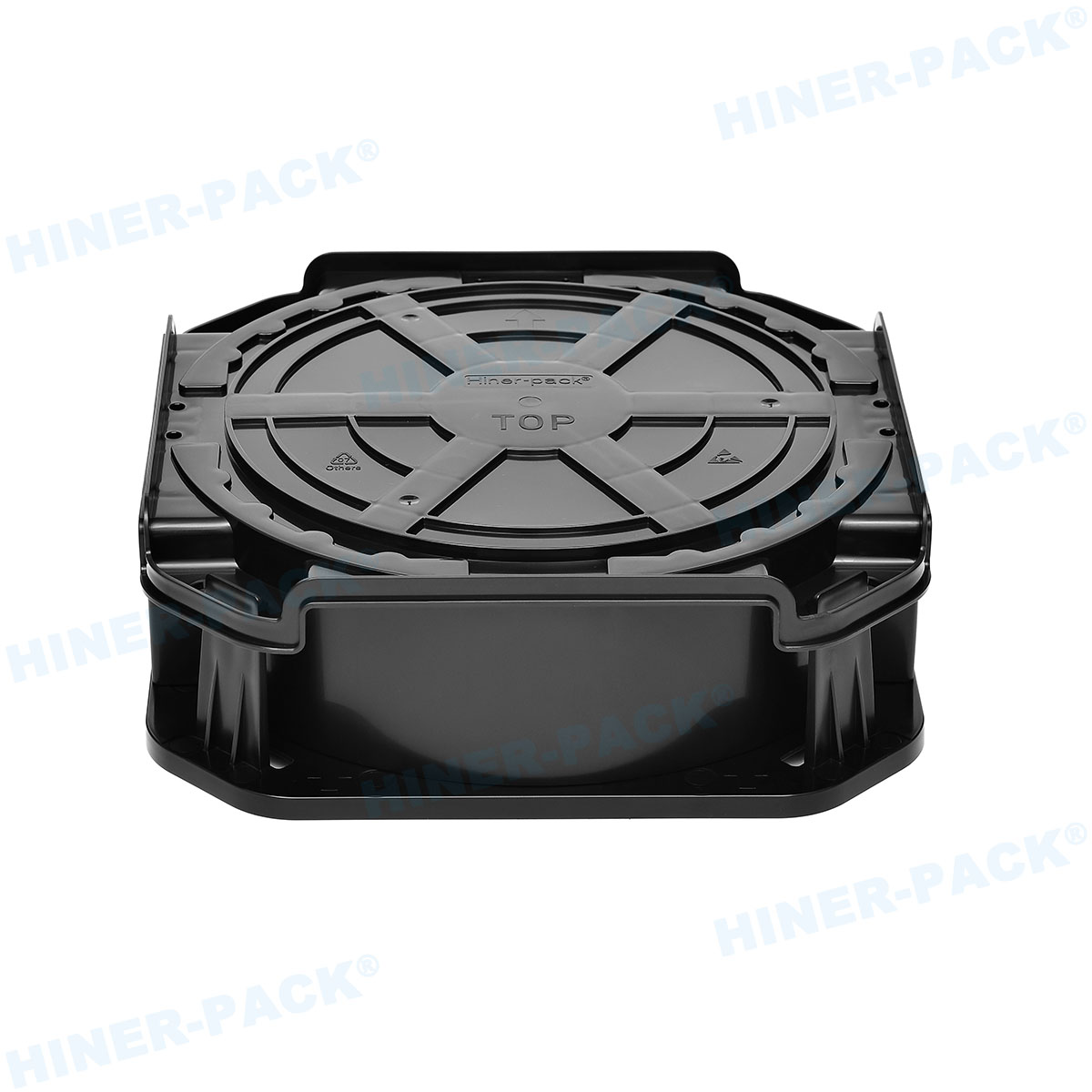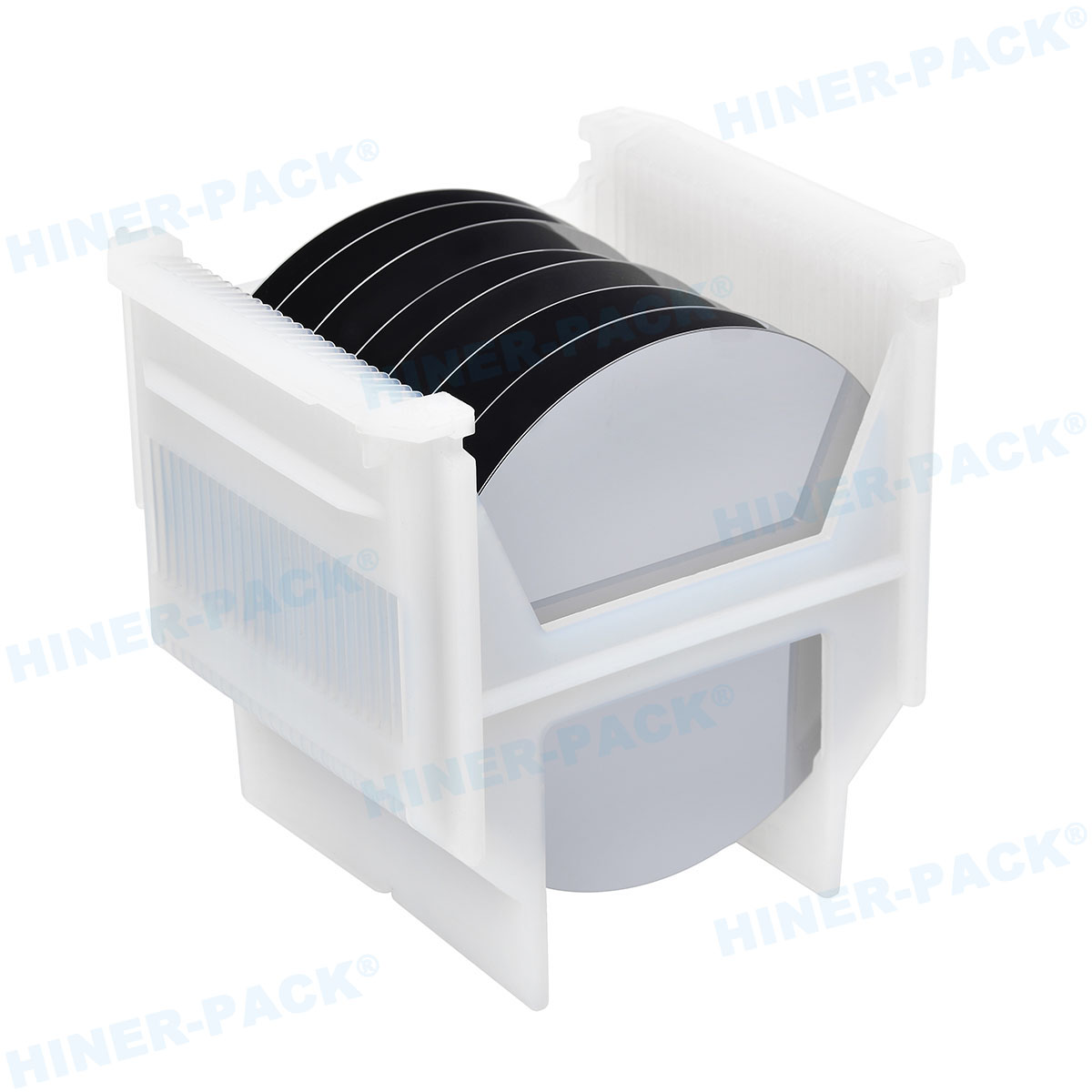In the fast-paced world of semiconductor manufacturing, precision and reliability are non-negotiable. One component that has garnered significant attention for its role in enhancing wafer handling processes is the Teflon wafer cassette. As semiconductor fabrication advances toward smaller nodes and higher purity standards, the choice of materials for wafer storage and transport becomes paramount. The Teflon wafer cassette stands out due to its unique properties, offering solutions to common challenges like contamination, chemical resistance, and thermal stability. This article delves into seven essential aspects of Teflon wafer cassettes, providing a comprehensive overview tailored for professionals in the international semiconductor industry. From material science to practical applications, we explore how these cassettes contribute to yield optimization and operational efficiency, with insights from industry leaders like Chuanhang Display.
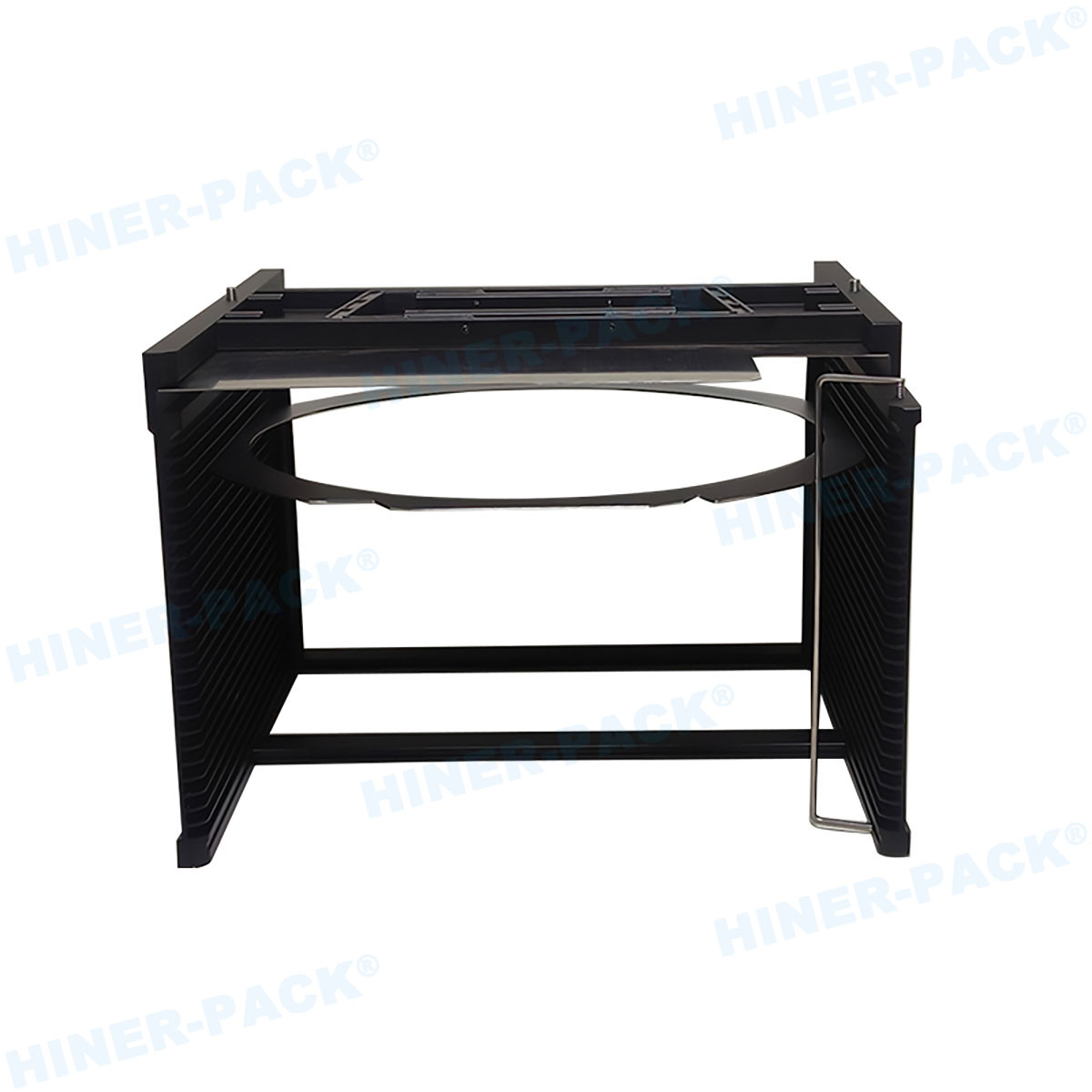
What is a Teflon Wafer Cassette?
A Teflon wafer cassette is a specialized container used in semiconductor fabrication for holding, storing, and transporting silicon wafers during various stages of production. Made from polytetrafluoroethylene (PTFE), commonly known as Teflon, these cassettes are designed to minimize particle generation and chemical interactions that could compromise wafer integrity. Unlike traditional materials like polypropylene or stainless steel, Teflon offers inherent non-stick and inert characteristics, making it ideal for high-purity environments. In semiconductor facilities, wafers are highly sensitive to contaminants; even microscopic particles can lead to defects in microchips. The Teflon wafer cassette addresses this by providing a smooth, non-abrasive surface that reduces friction and static charge, thereby protecting wafers from scratches and electrostatic discharge (ESD). This foundational understanding sets the stage for appreciating why Teflon has become a material of choice in advanced wafer handling systems.
Key Advantages of Teflon Wafer Cassettes
The adoption of Teflon wafer cassettes in semiconductor manufacturing is driven by several distinct advantages. First and foremost is their exceptional chemical resistance. Teflon is inert to most acids, bases, and solvents used in wafer cleaning and etching processes, such as hydrofluoric acid and sulfuric acid-peroxide mixtures. This resistance ensures that the cassette does not degrade or leach contaminants, maintaining wafer purity over multiple cycles. Secondly, Teflon exhibits high thermal stability, withstanding temperatures ranging from -200°C to 260°C without warping or releasing harmful fumes. This makes Teflon wafer cassettes suitable for high-temperature processes like diffusion and annealing. Additionally, Teflon's low coefficient of friction minimizes particle shedding and adhesion, which is critical in cleanrooms where particulate contamination must be controlled to ISO Class 1-5 standards. Other benefits include excellent dielectric properties, which prevent ESD damage, and durability that extends the cassette's lifespan, reducing replacement costs and downtime. Compared to alternatives, Teflon offers a balanced combination of performance and cost-effectiveness, especially in applications involving aggressive chemicals or extreme temperatures.
Applications in Semiconductor Manufacturing
Teflon wafer cassettes are integral to multiple stages of semiconductor manufacturing, from front-end to back-end processes. In front-end fabrication, they are used in wet benches for cleaning and etching, where wafers are exposed to corrosive chemicals. The inert nature of Teflon prevents chemical reactions that could introduce metallic ions or organic residues, ensuring high yields in critical steps like photolithography and ion implantation. During chemical mechanical planarization (CMP), Teflon wafer cassettes help in post-polish rinsing by resisting slurry buildup. In assembly and packaging, these cassettes facilitate safe transport between equipment, such as from dicing saws to bonding machines. Moreover, in research and development labs, Teflon cassettes are preferred for prototyping new processes due to their reliability and reusability. With the rise of 3D NAND and FinFET technologies, the demand for contamination-free handling has intensified, positioning Teflon wafer cassettes as a vital component in maintaining process integrity across fabs worldwide.
Material Properties and Durability
The material properties of Teflon make Teflon wafer cassettes highly durable and suitable for harsh semiconductor environments. PTFE, the base polymer, is a fluorocarbon with strong carbon-fluorine bonds, rendering it hydrophobic and non-reactive. This molecular structure gives Teflon its signature slick surface, which resists adhesion of particles, moisture, and biological contaminants. In terms of mechanical strength, Teflon has a tensile strength of 20-35 MPa and can endure repeated sterilization cycles, such as autoclaving or UV exposure, without significant wear. However, it is relatively soft compared to metals, so designs often incorporate reinforced structures to prevent deformation under load. The durability of Teflon wafer cassettes is further enhanced by their resistance to UV radiation and oxidation, which prevents yellowing or brittleness over time. This longevity translates to lower total cost of ownership, as these cassettes require less frequent replacement than plastic variants. For instance, in fabs running 24/7, Teflon cassettes can last for years with proper maintenance, supporting sustainable manufacturing practices.
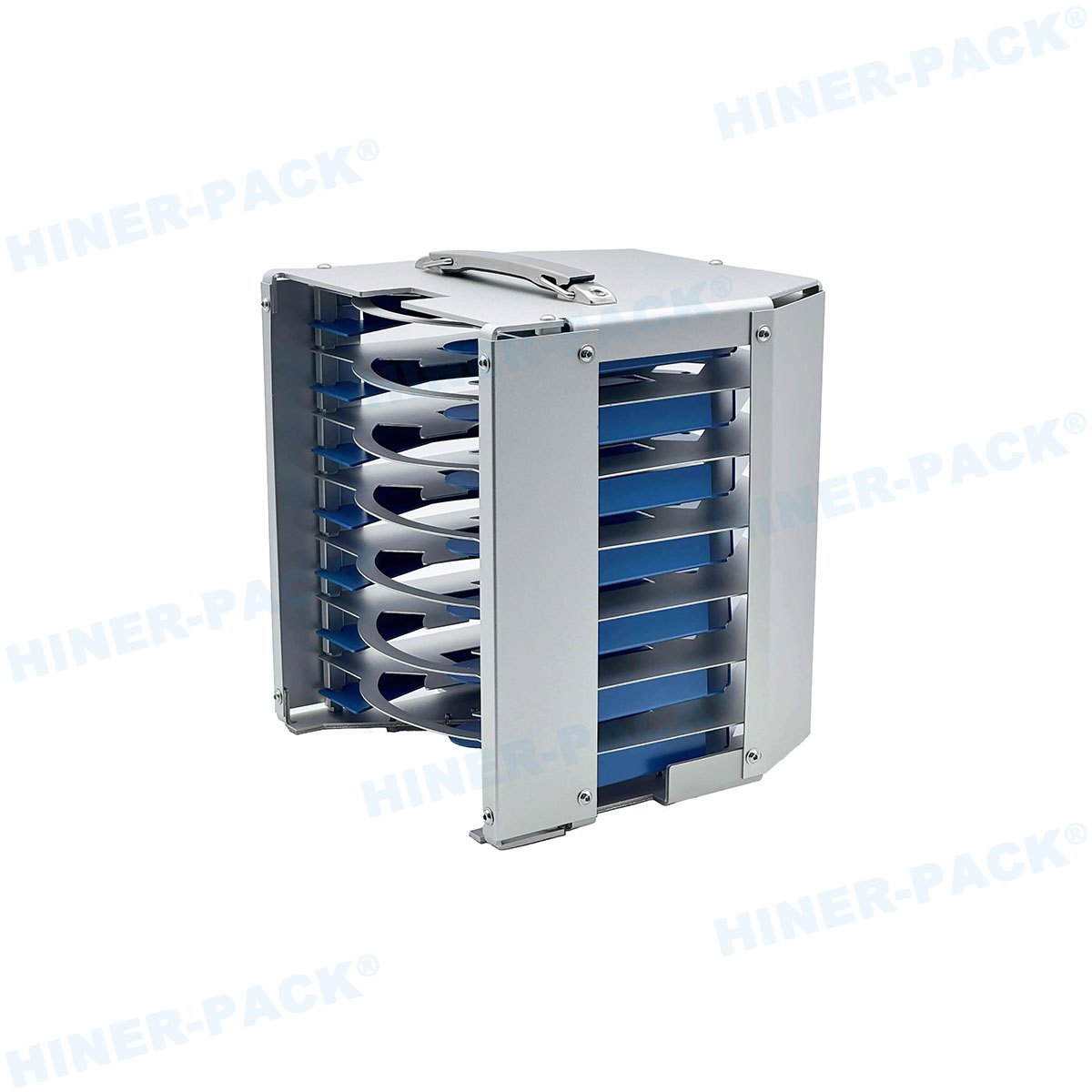
Chuanhang Display: Innovating with Teflon Wafer Cassettes
Chuanhang Display has emerged as a key player in the semiconductor components market, specializing in high-performance Teflon wafer cassettes. With decades of experience in material science and precision engineering, the company offers cassettes that meet stringent industry standards, such as SEMI guidelines for wafer carriers. Chuanhang Display's Teflon wafer cassettes are manufactured using advanced molding techniques to ensure consistent wall thickness and smooth edges, minimizing the risk of wafer chipping. They also provide customization options, including sizes for 200mm, 300mm, and emerging 450mm wafers, as well as designs with integrated handles or RFID tags for tracking. By leveraging Teflon's properties, Chuanhang Display delivers products that excel in reducing defect rates and enhancing throughput. Their commitment to R&D has led to innovations like anti-static coatings and color-coded cassettes for process differentiation, making them a trusted partner for fabs aiming to optimize their wafer handling workflows.
Comparison with Other Wafer Cassette Materials
When evaluating Teflon wafer cassettes against alternatives like polycarbonate, quartz, or stainless steel, several factors come into play. Polycarbonate cassettes are cost-effective but lack chemical resistance, often degrading in acidic environments and generating particles. Quartz cassettes offer high purity and thermal stability but are brittle and expensive, prone to breakage during handling. Stainless steel cassettes are robust and durable but can introduce metallic contamination and require passivation treatments. In contrast, Teflon wafer cassettes provide a middle ground with excellent chemical inertness, moderate mechanical strength, and competitive pricing. For example, in a study comparing contamination levels, Teflon cassettes showed up to 50% fewer particle additions per wafer pass than polycarbonate versions. This makes Teflon ideal for applications where chemical exposure is frequent, though it may not be the best choice for ultra-high mechanical stress scenarios. Ultimately, the selection depends on specific process requirements, but Teflon's versatility often makes it the preferred option for critical semiconductor steps.
Maintenance and Best Practices for Teflon Wafer Cassettes
Proper maintenance of Teflon wafer cassettes is crucial to maximizing their lifespan and performance. Regular cleaning is recommended using deionized water or mild solvents like isopropyl alcohol, followed by drying in a laminar flow hood to prevent water spots. Avoid abrasive cleaners or tools that could scratch the Teflon surface, as even minor damage can harbor contaminants. Inspection protocols should include checks for cracks, discoloration, or warping, with replacements scheduled based on usage cycles—typically every 6-12 months in high-volume fabs. Storage should be in clean, dry environments away from direct sunlight to prevent UV degradation. Best practices also involve using dedicated cassettes for specific processes to cross-contamination, and implementing automated handling systems to reduce human error. By adhering to these guidelines, manufacturers can ensure that their Teflon wafer cassettes continue to provide reliable service, supporting high yields and reducing overall operational costs.
Future Trends and Innovations
The future of Teflon wafer cassettes is shaped by trends like the adoption of larger wafer sizes, such as 450mm, and the integration of Industry 4.0 technologies. Smart cassettes with embedded sensors for real-time monitoring of temperature, humidity, and particle levels are gaining traction, and Teflon's compatibility with such innovations makes it a forward-looking material. Additionally, sustainability concerns are driving the development of recyclable Teflon blends and eco-friendly manufacturing processes. As semiconductor nodes shrink to 3nm and beyond, the demand for ultra-clean handling solutions will only increase, positioning Teflon wafer cassettes as a critical enabler of next-generation chip production. Collaborations with companies like Chuanhang Display are likely to yield advanced designs that further reduce contamination risks and enhance automation compatibility.
Frequently Asked Questions (FAQs)
Q1: What makes Teflon wafer cassettes better than plastic ones for semiconductor use?
A1: Teflon wafer cassettes offer superior chemical resistance, thermal stability, and lower particle generation compared to plastic cassettes. This reduces contamination risks in sensitive processes like etching and cleaning, leading to higher wafer yields and longer cassette lifespan.
Q2: How do I clean a Teflon wafer cassette properly?
A2: Clean Teflon wafer cassettes using deionized water or isopropyl alcohol with soft, non-abrasive tools. Avoid harsh chemicals or scrubbing to prevent surface damage. After cleaning, dry them in a controlled environment to ensure no residue remains.
Q3: Can Teflon wafer cassettes be used in high-temperature applications?
A3: Yes, Teflon wafer cassettes can withstand temperatures from -200°C to 260°C, making them suitable for high-temperature processes such as diffusion, annealing, and sterilization without degrading or releasing contaminants.
Q4: Are there customization options available for Teflon wafer cassettes?
A4: Absolutely. Companies like Chuanhang Display offer customized Teflon wafer cassettes in various sizes, colors, and with features like RFID integration or ergonomic handles to meet specific fab requirements and improve process tracking.
Q5: What is the typical lifespan of a Teflon wafer cassette in a semiconductor fab?
A5: With proper maintenance, a Teflon wafer cassette can last 1-3 years in a high-volume fab, depending on usage intensity and environmental conditions. Regular inspections and cleaning help extend its service life and maintain performance.



